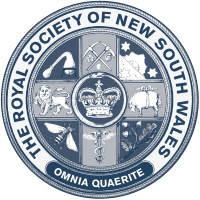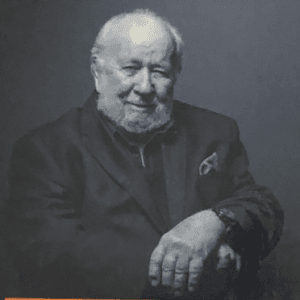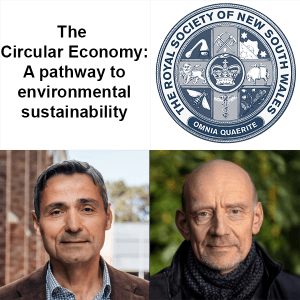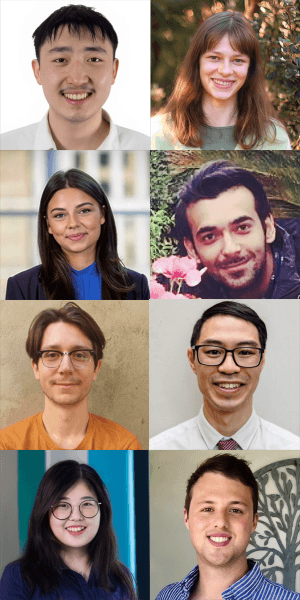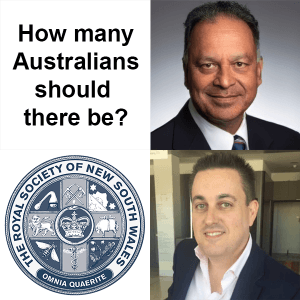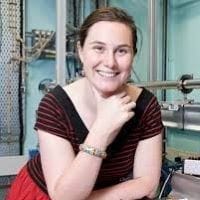
 “Scattering neutrons to explore the materials found on the dwarf planets of our solar system”
“Scattering neutrons to explore the materials found on the dwarf planets of our solar system”
Dr Helen Maynard-Casely
Senior Instrument Scientist, ANSTO
Date: Thursday, 15 September 2022, 6.30 pm AEST
Venue: RSL Mittagong, Carrington Room
All are welcome
Summary: Our solar system contains a great array of small planetary bodies that show remarkable variability in their chemistry, and subsequent materials, that form on their surfaces. From sulfuric acid hydrates that are spattered on Europa, to organic minerals that fall in flurries on Titan, to the plastic solids of methane and nitrogen on Pluto.
Sadly, while we are yet to scoop any sample of these planets and bring them home, we are informed, however, by spectral observations from space missions such as Galileo, Cassini and New Horizons that we can re-create their surface chemistries and conditions in the laboratory. What this has revealed, despite the ‘simplicity’ of the chemistry involved, the surfaces are likely to be made up of a large array of materials with potentially planet-shaping properties.
In this talk, Dr Helen Maynard-Casely will overview some of the materials that they have found, and how neutron scattering at ANSTO has been critical for this work. Her talk will also show how this is very much a growing business, and with new exoplanets being discovered daily there is still a wide range of materials that need to be investigated.
Helen Maynard-Casely is a planetary scientist based at the Australian Centre for Neutron Scattering, ANSTO, where she investigates materials relevant to the surface of the icy moons, Europa and Titan. Her journey to exploring these icy moons began with her degree in Planetary Sciences from University College, London and was followed by her PhD in high-pressure physics at the University of Edinburgh. Moving to Australia first to undertake a post-doctoral position at the Australian Synchrotron, she moved to the Bragg Institute in 2013 to work on the High-Intensity Powder Diffractometer (known as WOMBAT).
